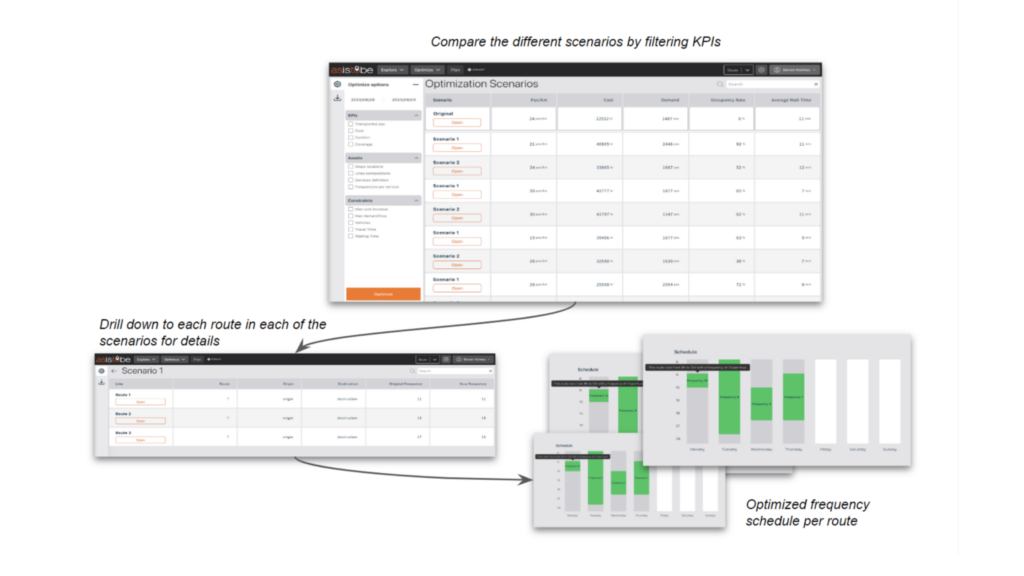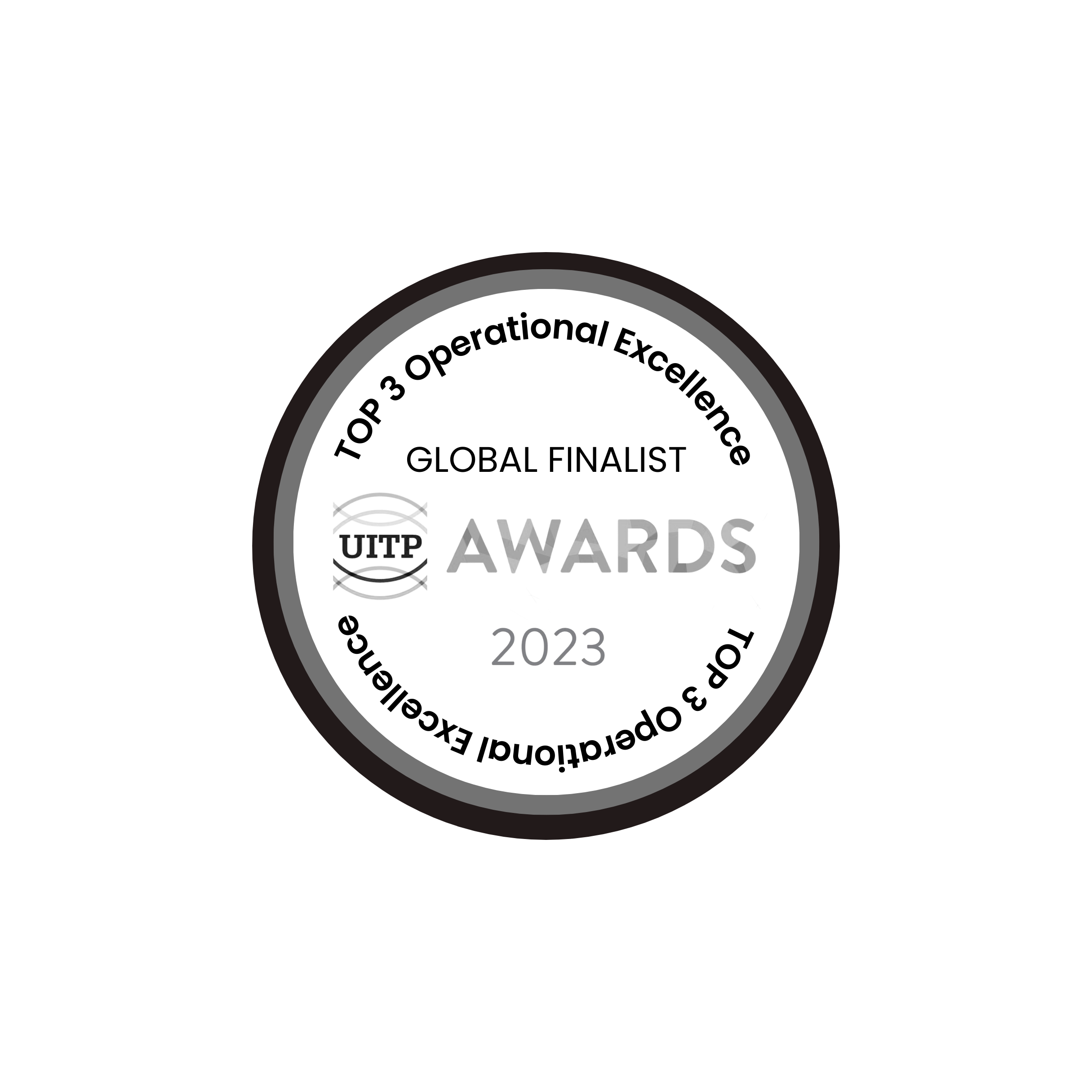- Optimizing scenarios of an entire public transport network with Asistobe Software

Understand how Asistobe provided a technology solution that optimizes the entire network’s frequency, reducing the operational costs.
Overview Client: A medium-sized Scandinavian city’s public transport network.
Technology Used: Asistobe’s Full Network Optimizer Feature
Impact in Numbers
Reduced operational expenses:
15% reduction, equivalent to saving 61,000 operational kilometers per week.
Service efficiency:
Maintained 99.84% of predicted demand with reduced operational costs.
Challenge
The city’s public transport provider needed to reduce operational costs without compromising service quality. They were operating over 200 lines with varying ridership demands, facing the challenge of optimizing frequency and reducing kilometers driven.
Analyzing the demand of each line in the entire network would require either broad assumptions, exhausting their limited team of business analysts, or hiring costly consultants to do the work for them and suggest cuts to the system.
Asistobe’s Solution
Asistobe provided a technology solution that optimizes the entire network’s frequency using data such as automatic passenger counting, schedule data, vehicle capacity, and line geometries.
The solution employed machine learning algorithms to find optimal trip frequencies, considering demand over time, operational costs, and additional service constraints.

*The different scenarios can be further evaluated by the client through filtering KPIs and drilling down to find which lines have been optimized and their new schedule.
Key Benefits
- Complex problem solving: Ability to handle nonlinear problems with multiple objectives and constraints
- Flexibility: Offers multiple scenarios, allowing the city to choose based on their custom needs.
Results
- Optimal Scenario Implementation: Three potential scenarios were analyzed, out of hundreds of potential scenarios. The selected scenario achieved a 15.3% reduction in operational kilometers, surpassing the client’s expectations in reducing operational expenses (OPEX) while maintaining high service quality.*
- Efficient resource allocation: Implemented solutions such as deploying vehicles for school routes or prioritized areas where lower ridership can be tolerated, alongside optimizing shorter city routes where more crowded vehicles are less likely to cause customer complaints. This approach ensured efficient resource allocation while maintaining customer satisfaction.
Conclusion
Asistobe’s platform enhanced the operational efficiency and attractiveness of the city’s public transport. It demonstrated cost savings, reduced carbon emissions, and significant time savings in planning and analysis, demonstrating the positive impact of our solution on public transportation.
Subscribe To Our Newsletter
Get updates and learn from the best
More To Explore

Optimizing scenarios of an entire public transport network with Asistobe Software
Understand how Asistobe provided a technology solution that optimizes the entire network’s frequency, reducing the operational costs. Overview Client: A medium-sized Scandinavian city’s public transport




